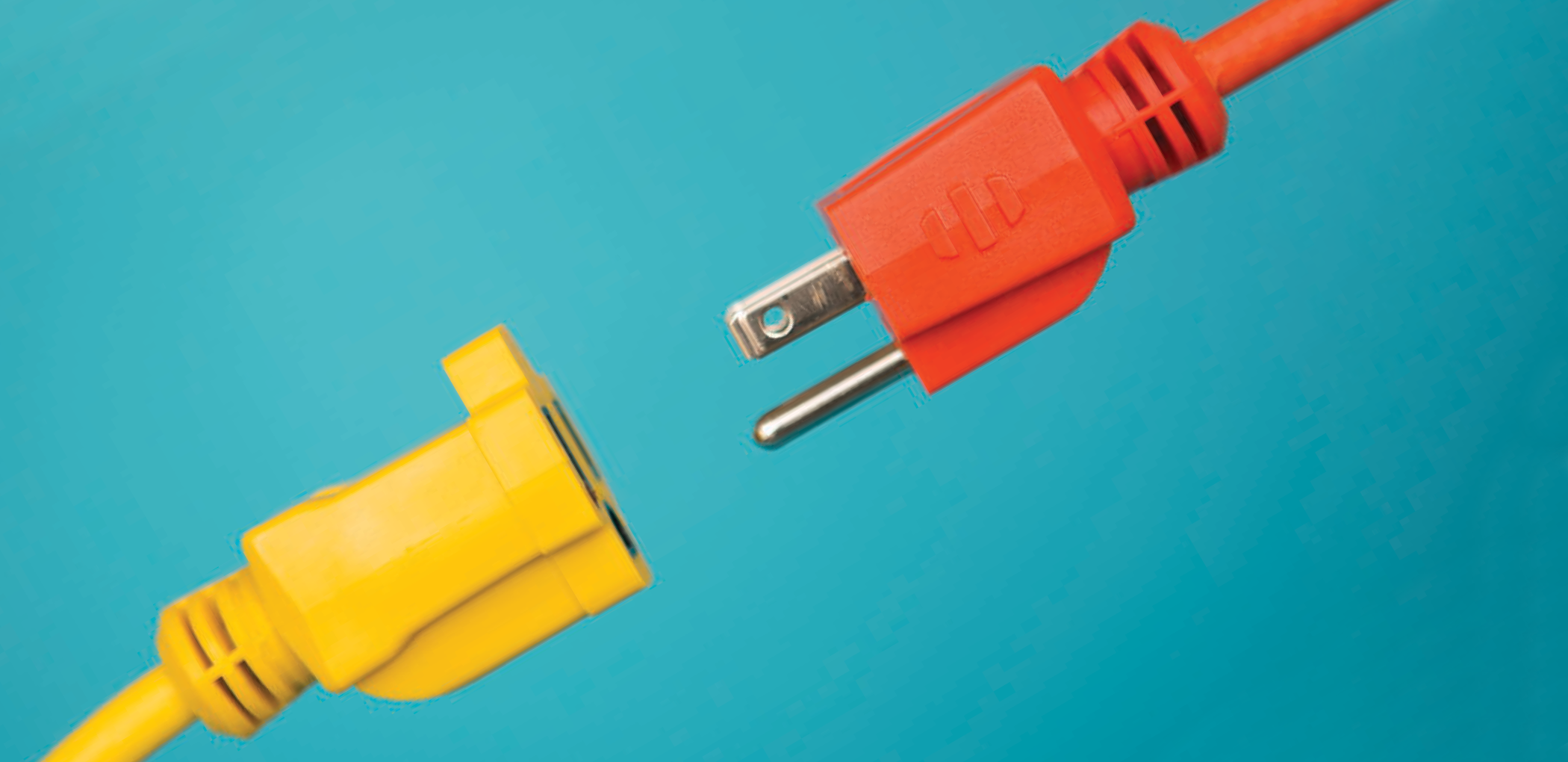Avoid the Content Marketing Disconnect


Content marketing,
especially in the B2B
marketplace, is one of
the fastest growing
marketing strategies
today, and for good
reason. Before buyers
ever contact your
company, they have
done the bulk of their
research on your
product and product
category. How do they
do that? Content!
Regardless of the channel you use, relevant content is critical.
But for content to be effective, it has to connect with the audience in a way—and at the time—the audience expects. Marketers may understand this intuitively, but how well do they put it into practice?
Uberflip, a content delivery platform, recently conducted a survey of B2B buyers and marketers to find out. It compared buyers’ needs and expectations regarding content to the content that marketers are actually delivering. The results? Marketers are sending content, but not always the content B2B buyers are looking for.
For example, when it comes to personalization, B2B buyers are looking for content to be personalized as follows:
- The problem I’m looking to solve (26%)
- My company (22%)
- My industry (14%)
What personalization are marketers sending most often?
- The customer’s name (51%)
- The customer’s company (42%)
- The customer’s industry (40%)
So before you send that personalized postcard, email, or kit, make sure you understand and address the recipient’s pain points.
The same disconnect occurs with content marketing assets. What assets do B2B buyers want and what are marketers sending? B2B buyers prioritize: user reviews (64%), product tours (43%), and video (33%). Yet marketers are most likely to be sending sales sheets (47%), white papers (42%), and e-books (30%).
There are challenges with closers, as well. When it comes to making the purchase decision, marketers are focusing on personalized calls to action. But what do buyers say is most important? Content relevant to their needs!
Understanding this disconnect between marketer and buyer should have a strong influence on the design of your print and digital pieces. Include user reviews as part of your layout. Use QR Codes and augmented reality to incorporate product tours and other videos right into the printed or digital page. Incorporate user stories at the right time.
Your audience’s content needs will differ by industry vertical and company position, so do your research. Understand not just the type of information your prospects are looking for but the format in which they want that information to be delivered and when.



